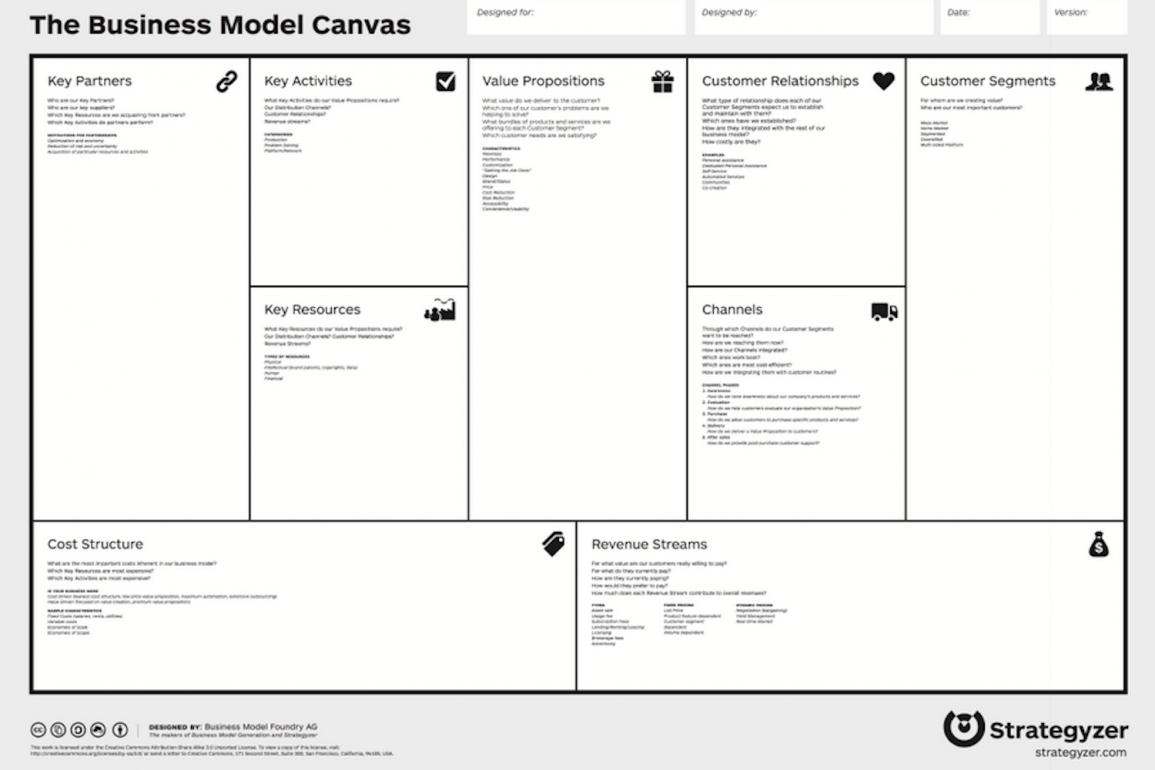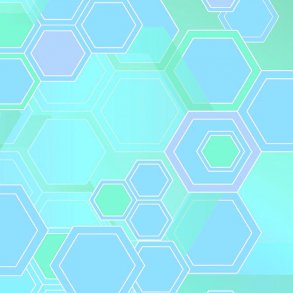By Daniel Christian Wahl, originally published at designforsustainability on medium.com
[This is an excerpt from the Economic Design dimension of Gaia Education´s online course in Design for Sustainability.]
Even before deciding on how to finance your enterprise and selecting the most appropriate legal structure for it, it is advisable to spend a all the time it takes to come up with a really good and well thought through business model.
In order to be able to contribute to the transition to thriving communities and sustainability, the enterprise itself has to be sustainable economically, socially and ecologically.
Let’s first have a look at a general business model canvas, a tool to help you think through and design your enterprises path to economic sustainability.

The ‘business model canvas’ that helps us map existing and design new business models. The chart can be printed out on A2 or A1 paper and serve as a basis for a team conversation about the way the planned enterprise will generate revenue through a unique value proposition to a defined group of customers while ensuring that it can access the finances to create the enabling infrastructure.
Using basic facilitation skills (see social dimension), the wall chart and a set of coloured post-its the team can explore together who the key partners are, what key activities will be engaged in and which key resources this might require. It is important to get clear about the cluster of interrelated value proposition the enterprise is making and formulate them well in a ‘business pitch’.
In this process the group also has to get clear on who might be interested in these value proposition and whether and how they could become customers. To find and maintain customers all aspects of customer relationships have to be thought through and necessary processes, infrastructures, roles (staff) have to be defined. Once these aspects have been defined more clearly it is easier to work on defining the cost structure and making sure that (ideally diverse) revenue streams ensure the economic viability of the enterprise over the short and long-term.
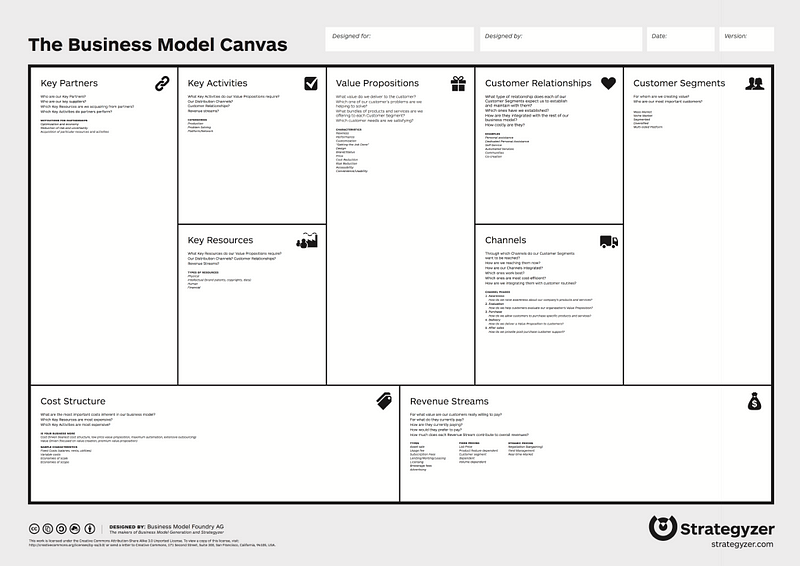
You can download a template for a Business Model Canvas here. This short video (2mins) gives you a brief introduction to the Business Model Canvas and how to use it.
Since the business model canvas was first developed in 2008, many new versions and more complex (whole design systems) approaches have been created that allow to include more specific steps to define the social and environmental, as well as, the economic benefits of your business model. The most creative approach would be to select those versions of the business model canvas that seem most appropriate to you and use a number of them to home and refine your original work with the more generic initial canvas.
“A business model for sustainability helps describing, analyzing, managing, and communicating (i) a company’s sustainable value proposition to its customers, and all other stakeholders, (ii) how it creates and delivers this value, (iii) and how it captures economic value while maintaining or regenerating natural, social, and economic capital beyond its organizational boundaries.” — Sustainable Business Model Research Group, 2015
One of these more complex versions is the Strongly Sustainable Business Model Canvas initially create by Anthony Upward and still under development in the Strongly Sustainable Business Model Working Group (SSBMG) at the Ontario College of Art and Design.
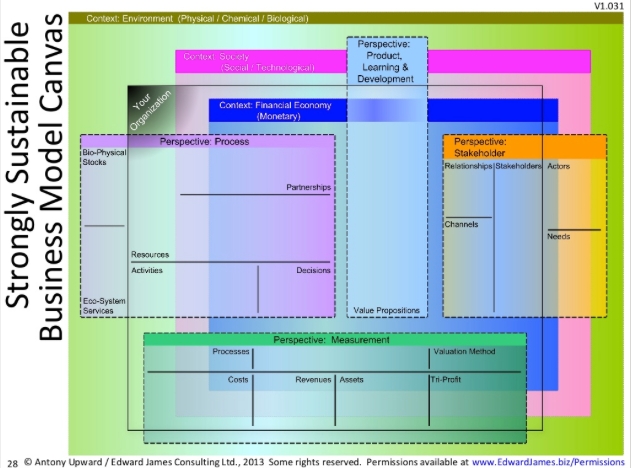
Here is a link to a short presentation (5mins) on why and how the model was developed, and how it can be used to create strongly sustainable business models.
The approach as recently been further refined and re-branded under Flourishing Business Model Canvas and offers an improved graphic design of the canvas.
The Strongly Sustainable Business Model Canvas makes you ask 14 key questions (Source); the Flourishing Business Canvas offers a more evolved version of the same model (more).
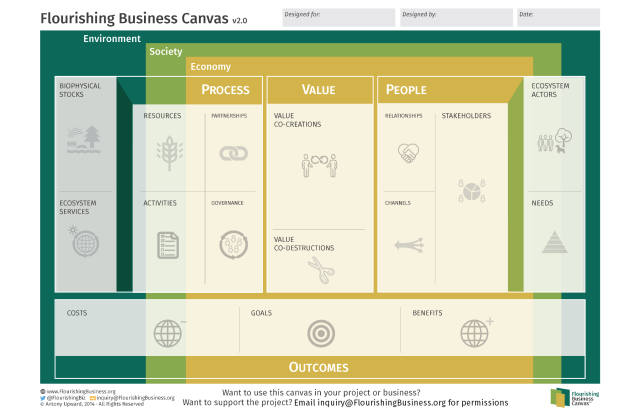
Another approach to improving upon the original business model canvas comes from Alexandre Joyce and has resulted in the Triple Layered Business Model Canvas. If you want to find out more you can read his paper on the model.
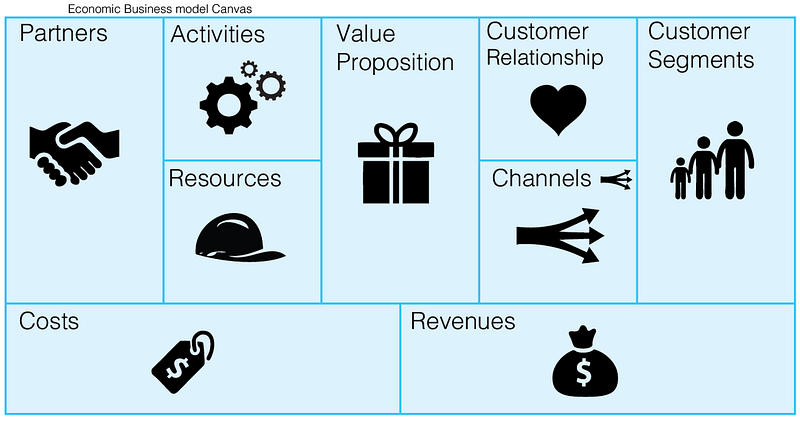
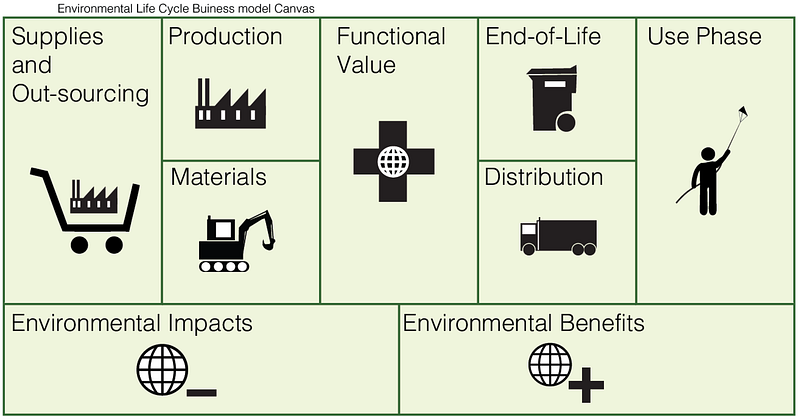
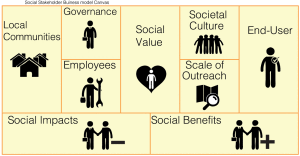
Researchers at the Centre for Industrial Sustainability at Cambridge University have done an extensive literature and practice review to explore whether any sustainable business model archetypes could be identified (Bocken et al., 2012). The Belgian circular economy hub C-Plan used this research to create an interactive Business Model Innovation Grid structured into eight strategies and offers 100 case studies.
C-Plan also create excellent infographics like the one on a subset of function oriented business models called Product Service Systems below. Here is a short video (2:30mins) on strategic design of product service systems (see also collaborative consumption in module three). All of these tool might be useful to you and your collaborators when you are setting about designing a regenerative enterprise.
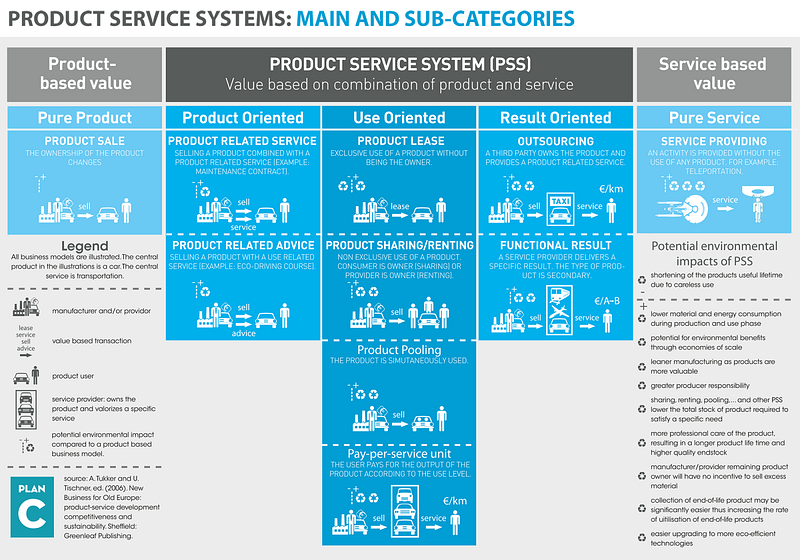
…
AUTHOR’S NOTE: This is an excerpt from the Economic Design Dimensionof Gaia Education’s online course in Design for Sustainability, which I revised and re-wrote in 2015–2016 on the basis of an earlier version by Jonathan Dawson (now head of economics at Schumacher College).
The 400 hour on-line course offers a whole systems design approach to taking part in the transition towards thriving communities, vibrant regional economies and diverse regenerative cultures everywhere. The Economic Design Dimension starts on March 6th (2017), and runs for 8 weeks (80 study hours). The above is a little preview of the nearly 140 pages of text, links and videos, that participants explore under the guidance of experience tutors and as part of a global community of learners.
For more information take a look at the content of this on-line training for global-local change agents in economic design. Much of the material I used in authoring the curriculum content for this course is based on the years of research I did for my recently published book Designing Regenerative Cultures.
Republished with permission.
Featured Image/graphic link and block quoting added by Enlivening Edge Magazine.
